-
×
-
×
Assorted Colour Vampire Crab Geosesarma Sp 2-3Cm 2 × £8.71
-
×
Purple Vampire Crab - Geosesarma Dennerle - Decapod Crustacean 2 × £7.74
-
×
-
×
-
×
-
×
Golden Eyes Vampire Crab - Geosesarma Sp. - Decapod Crustacean 3 × £8.71
-
×
-
×
-
×
Subtotal: £218.69


 Assorted Colour Vampire Crab Geosesarma Sp 2-3Cm
Assorted Colour Vampire Crab Geosesarma Sp 2-3Cm  Purple Vampire Crab - Geosesarma Dennerle - Decapod Crustacean
Purple Vampire Crab - Geosesarma Dennerle - Decapod Crustacean 


 Golden Eyes Vampire Crab - Geosesarma Sp. - Decapod Crustacean
Golden Eyes Vampire Crab - Geosesarma Sp. - Decapod Crustacean 





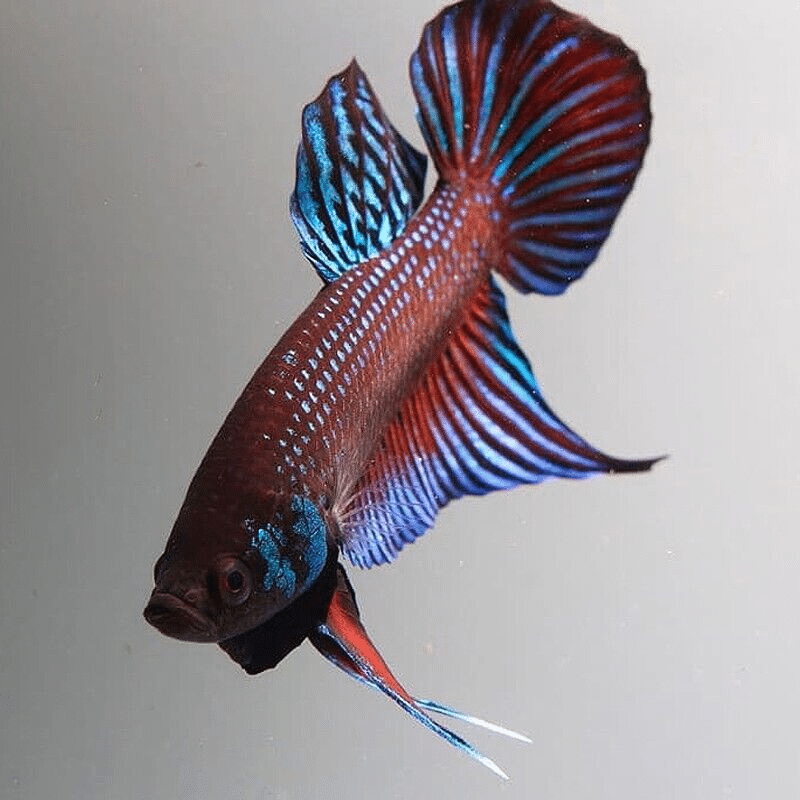
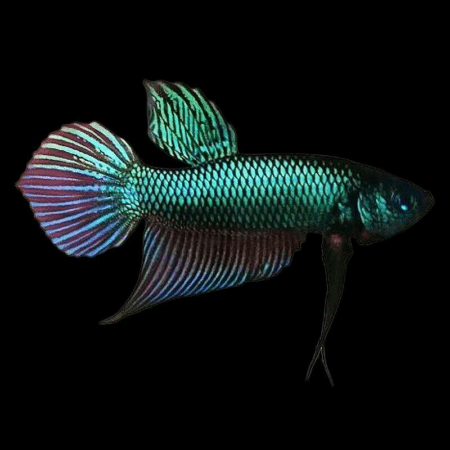
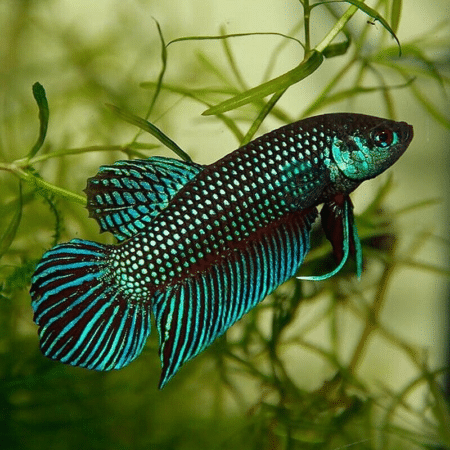
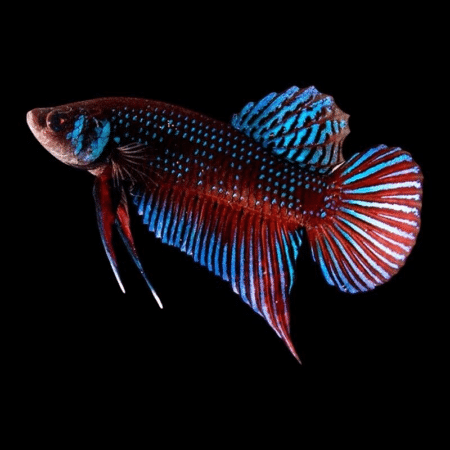
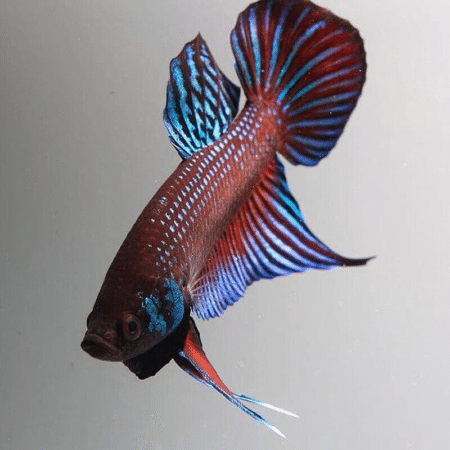
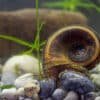
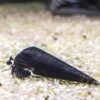









Emily Carter (verified owner) –
I recently added a Male Betta Mahachaiensis to my aquarium, and I can’t express how overjoyed I am with this purchase! This beautiful fish, with its stunning fins and vibrant colors, has been thriving in my 10-gallon setup for the past two months. I was initially hesitant because I’ve kept other bettas before, but the Mahachai variant has such a unique personality and charm. Unlike my previous Betta splendens, this one seems more interactive and curious, often displaying playful behaviors that keep me entertained.
I appreciate that they require a bit more care when it comes to water conditions, but as a caring fish parent, that just means I get to ensure my new friend is happy and healthy. Just be mindful of their social needs; I’ve kept him alone to avoid stress, and he seems perfectly content!
I highly recommend the Mahachai Betta for anyone looking to enhance their aquarium experience. It’s perfect for hobbyists who appreciate unique species and want to create a lively environment. Just be ready to fall in love with their charming antics! I will definitely be buying more in the future!
Emily Carter (verified owner) –
I recently added a Betta Mahachaiensis to my community aquarium, and I couldn’t be happier! This male Mahachai Betta has brought such vibrant colors to my tank and is absolutely breathtaking to watch. After a couple of weeks, he has settled in beautifully with my other tropical fish. What I love most about this labyrinth fish is his peaceful nature; I’ve had no issues with aggression, which can sometimes be a concern with Bettas in community settings. He’s about 3 inches long, and his iridescent fins are just stunning under the aquarium lights.
Compared to other Betta species I’ve owned, this one is much calmer and adapts well to different water conditions. I did notice he prefers slightly warmer temperatures, so I made sure my heater is set just right. Shipping was fast, and he arrived healthy and active, which shows the care taken in his packaging. I highly recommend the Betta Mahachaiensis for anyone looking to add beauty and tranquility to their aquarium. It’s perfect for both beginners and seasoned hobbyists who appreciate a peaceful atmosphere. Just be sure to keep an eye on water quality to ensure his happiness!